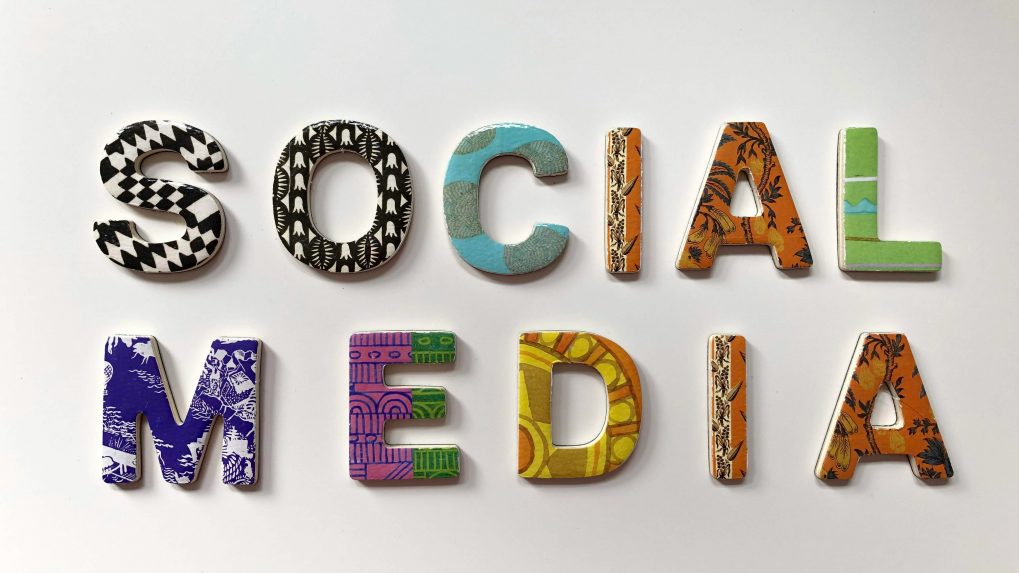Simply Speaking: Swadeshi Social - India’s Strategic Imperative
"If social media is infrastructure, then building Swadeshi Social isn’t a slogan but a vital strategy," writes Shubhranshu Singh. The next frontier of Atmanirbhar Bharat is digital sovereignty.
ADVERTISEMENT
When Nepal abruptly blocked two dozen social media platforms recently, protests erupted across Kathmandu where Gen Z confronted authorities, and within days, the ban and much else collapsed tragically after the violence and arson turned deadly.
The episode was intensely local, but the lesson is unmistakably global.
In today’s world, connectivity is non-negotiable. Citizens demand access to social media for their quotidian lives.
For India, that raises a more acute question which should raise an alarm.
If social media has indisputably become a vital public utility, can a nation of 1.4 billion afford to rely almost entirely on foreign platforms to provide it?
Consider our scale. As of early 2025, India boasts approximately 806 million internet users, representing 55.3 percent of the population. Multiple reports forecast growth to over 900 million by late 2025, driven primarily by rural expansion. This vast digital footprint is nearly all mobile-first with 96 percent of users access the web via smartphones. India has 400 million youth not yet 20 years of age. They are a fully ‘digital native’ generation.
On average, Indians spend 6 hours and 49 minutes daily online, with nearly 4 hours on smartphones alone. Social media, in turn, commands nearly 2 hours and 29 minutes each day a staggering statistic both as a stand alone and especially in aggregate.
India’s busiest portals are Facebook, Instagram and YouTube. This is not casual browsing. Social media drives education, commerce, communication, and cultural connection be it from rural towns to megacities. We can’t live our daily lives minus the social platforms.
Yet, for all this engagement, India remains largely an explorer in another country’s terrain. Meta’s WhatsApp, Facebook, Instagram dominate and YouTube is pervasive. Twitter—now X—serves loud and scrappy public discourse.
None are India born and bred.
The contrast with China is stark. Over a decade ago, China consciously built its own social ecosystem with WeChat, Douyin, and Weibo that now collectively serve as operating systems for society, merging social life, transaction, and governance into platforms controlled within its borders.
These digital ecosystems deliver sovereignty, though arguably at the price of full freedom.
India, in contrast, chose an open route.
While it banned TikTok and multiple Chinese apps in 2020 but ,that aside, it embraced American platforms with little domestic equivalents of scale.
We now have a duality. An open, plural social web but with a digitally foreign origin ecosystem. Decisions about what gets seen, how commerce flows, and who monetizes content are arguably run from Silicon Valley. This dependence matters to us economically and politically.
India is not just consuming global platforms. See it as an outflow of billions in advertising revenue and data value per annum.
Algorithms favour global platforms advertising priorities over local needs. Regulatory mandates from India may still be litigated in foreign jurisdictions.
Crucially, the connective fiber of Indian civic and commercial life , indeed our entire public sphere, is effectively outsourced.
India need not remain merely a consumer in digital public infrastructure. The country has already shown how to design sovereign digital utilities. UPI revolutionised payments. Aadhaar created central identity rails. The IndiaStack is admired globally as a model of interoperable, citizen-centric systems. These are all revolutionary developments of mammoth consequence.
But when it comes to social platforms, the space where life unfolds socially, India is still importing what others built. That's why we must think of Swadeshi Social. I mean an ecosystem that isn’t closed, but is sovereign and designed, governed, and scaled from India.
This isn’t nostalgia or protectionism masquerading as patriotism. It’s strategic resilience in a fracturing world. An ecosystem like this would ensure that value creation stays onshore, circulating through Indian creators, innovators, advertisers, and tech firms.
It would create accountability, with companies immediately bound by Indian laws and norms. It would unleash innovation, enabling Indian entrepreneurs to develop platforms with vernacular nuance, cultural relevance, and global potential. It would also empower India to project its narratives onto the world, not just consume those of others.
Think of it as “guarded globalisation” that I wrote about in a previous article here.
This is an approach where India remains open, plural, and connected, but not vulnerable. We say foreign platforms are welcome but local digital sovereignty is non-negotiable. The stakes are real. A recent decision saw X (formerly Twitter) block over 8,000 accounts in India under executive mandates.
Our local platforms such as ShareChat (including Moj) currently exceeds 325 million monthly active users, Josh stands at about 179 million monthly active users, and Koo peaked at around 10 million before its dissolution.
These are promising starts but remain insufficient to counterbalance American giants or to claim full digital independence. Just as India builds capacity in semiconductors, defence, and manufacturing, it must think differently about its digital commons particularly the social web.
The argument here is not isolation, but hedging our need for openness. India must continue engaging globally, while ensuring that the backbone of its civic discourse, commerce, and culture is not controlled from afar.
Nepal’s blackout and the reaction revealed how indispensable connectivity has become. For India, the imminent threat is not disconnection but rather an anchored dependence. If social media is infrastructure, then building Swadeshi Social isn’t a slogan but a vital strategy.
We must weave the fabric of Indian social discourse at home.
Shubhranshu Singh is a business leader, cultural strategist and columnist. He was named as one of the 50 most influential global CMOs for 2025 by Forbes. He serves as the APAC representative on the EffieLIONS foundation board.
Read More: Simply Speaking: When buybacks beat breakthroughs
Read More: Simply Speaking: Brands are born inside
Read More: Simply Speaking: Buy or Bye Bye?

